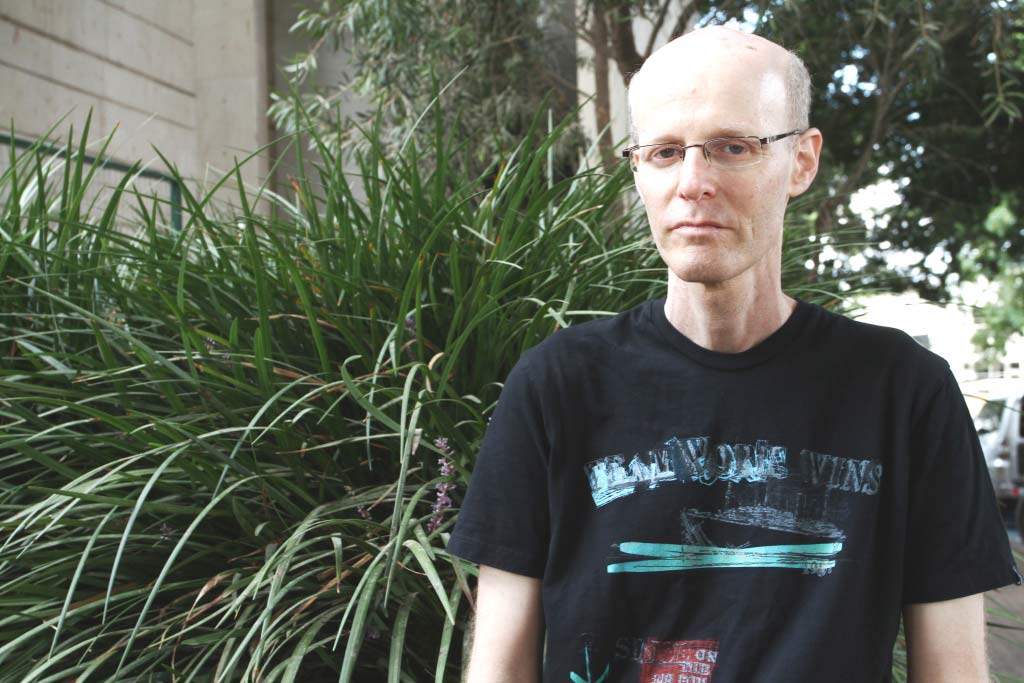One of the mechanisms used by the immune system to cope with the huge variety of possible threats from viruses, bacteria and cancerous cells is to randomly combine DNA segments for the production of receptors on lymphocytes – a type of white blood cell. The number of possible receptors is almost inconceivably large – a one followed by 15 zeroes. Yet some receptors are produced at a higher rate than mere chance would dictate. New research at the Weizmann Institute can help explain how the immune system maintains its complexity while giving preference to certain receptors.
The research team headed by
Dr. Nir Friedman, including postdoctoral fellows Drs. Wilfred Ndifon and Hilah Gal, together with
Prof. Ruth Arnon and Dr. Rina Aharoni, all of the Immunology Department, looked at the DNA sequences in T lymphocytes for the receptors that identify disease agents. The genetic sequences encoding these receptors are each composed of three random DNA segments – something like the random lineups in a slot machine. Each of those segments is taken from a different area of the lymphocyte cell genome, and each area has a full “menu” of segments to choose from. To assemble the sequence, the DNA strand folds, bringing a segment from the first area close to those in the second and third areas. The sequence is then cut and pasted together and the excess bits of DNA in between discarded, thus creating a new and unique genetic sequence for the receptors in each lymphocyte cell.
In a study that appeared recently in the
Proceedings of the National Academy of Sciences (PNAS), the team used a system they developed, based on advanced high-throughput sequencing techniques, to investigate the genetic sequences of an entire array of lymphocyte receptors in mice. With this “panoramic view,” the researchers were able to assess how widespread each receptor was and even to suggest a reason for their uneven distribution. It appears that the secret is in the pieces of DNA that eventually get discarded: Both the length of these segments and their flexibility – a function of the protein “packaging” that gives them their shape – determine how likely it is that two distant segments will meet.
The researchers then looked at small groups of individuals – up to five – to see if they could find common lymphocyte receptor sequences among them. Surprisingly, the team discovered that a group of five was more likely to all share a common sequence than were smaller sub-groups. That may seem like saying there is a higher chance of winning at the slot machine five times in a row than just twice. But the scientists can explain: The common sequences may be situated in the genome in such a way that they are more likely to be integrated into the receptor sequences. These may have been selected by evolution for their ability to fight common disease agents or prevent autoimmune disease.
Prof. Ruth Arnon's research is supported by the Leona M. and Harry B. Helmsley Charitable Trust.
Dr. Nir Friedman's research is supported by the Victor Pastor Fund for Cellular Disease Research; the Abraham and Sonia Rochlin Foundation; the Adelis Foundation; the Norman E. Alexander Family Foundation; the Nella and Leon Benoziyo Center for Neurological Diseases; the Clore Center for Biological Physics; the Jeanne and Joseph Nissim Foundation for Life Sciences Research; the Crown Endowment Fund for Immunological Research; the estate of John Hunter; and the estate of Suzy Knoll. Dr. Friedman is the incumbent of the Pauline Recanati Career Development Chair.
